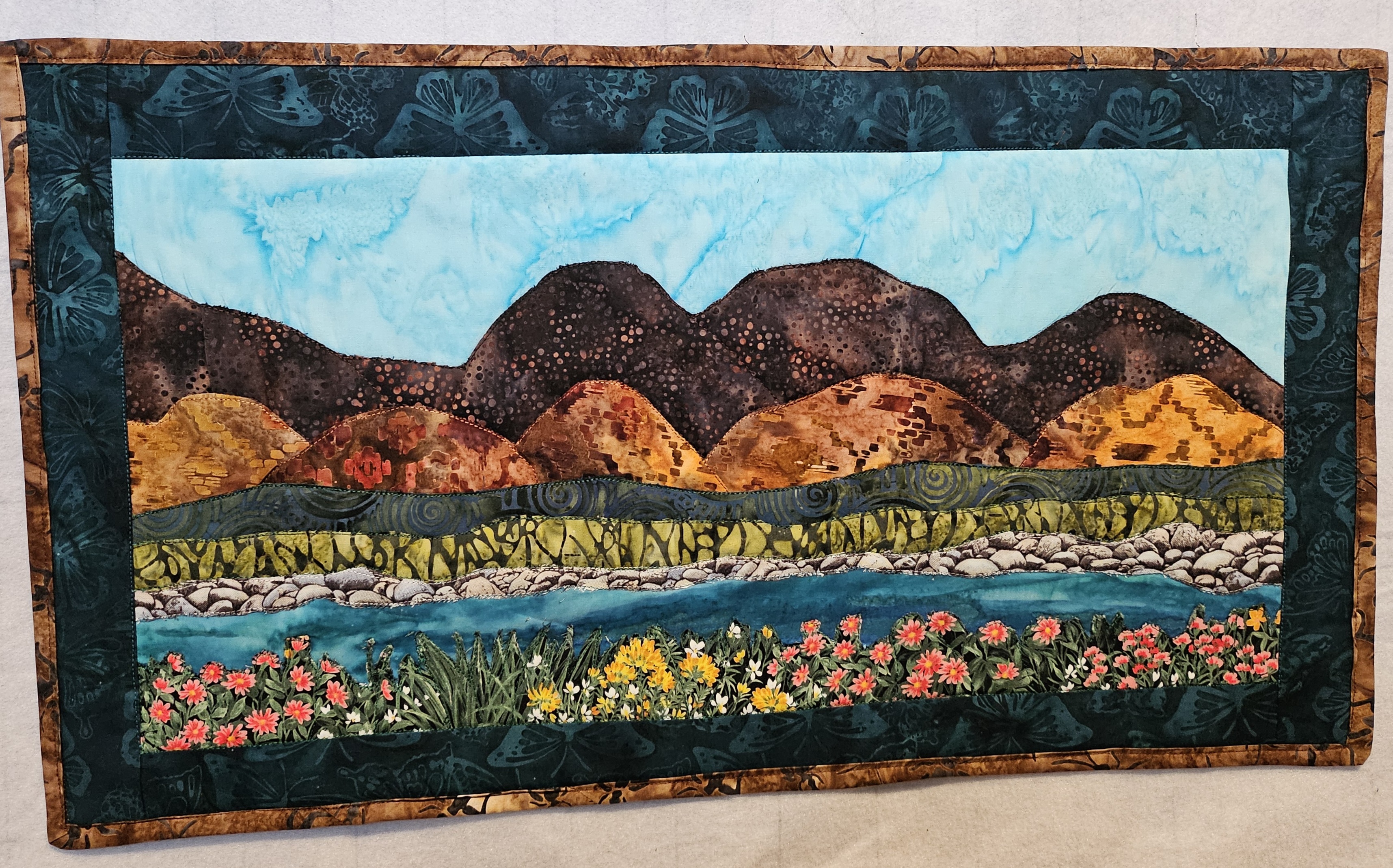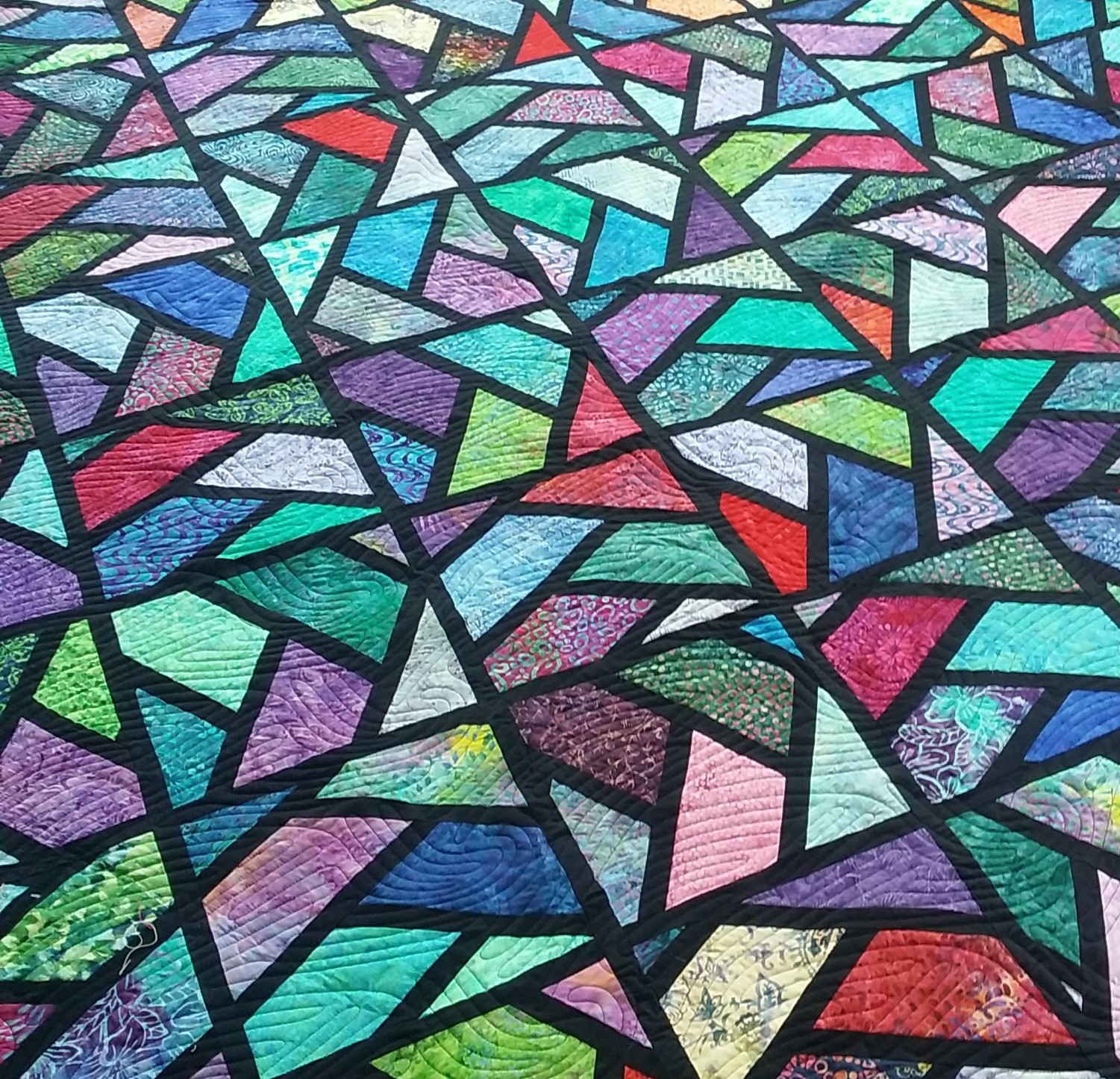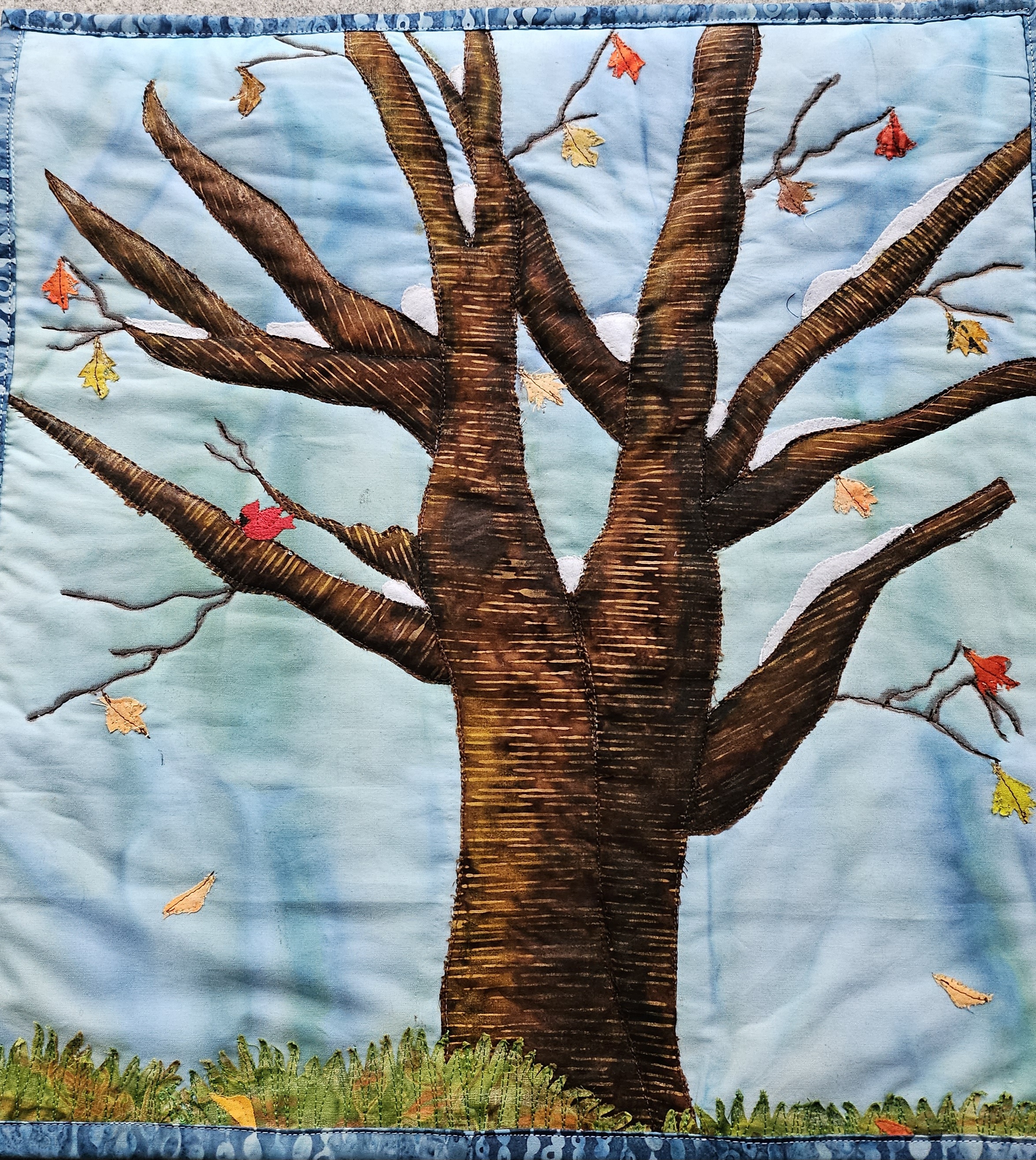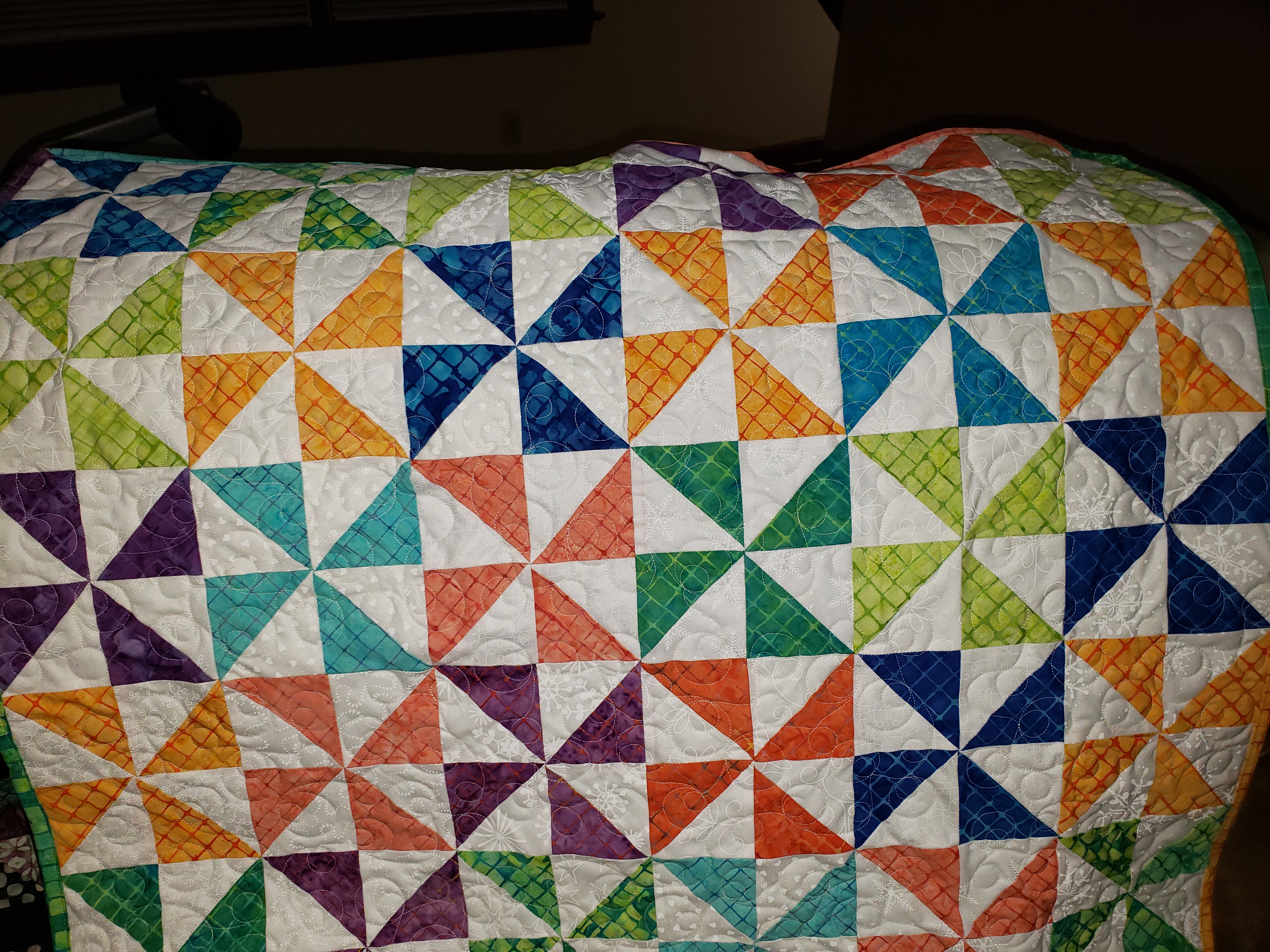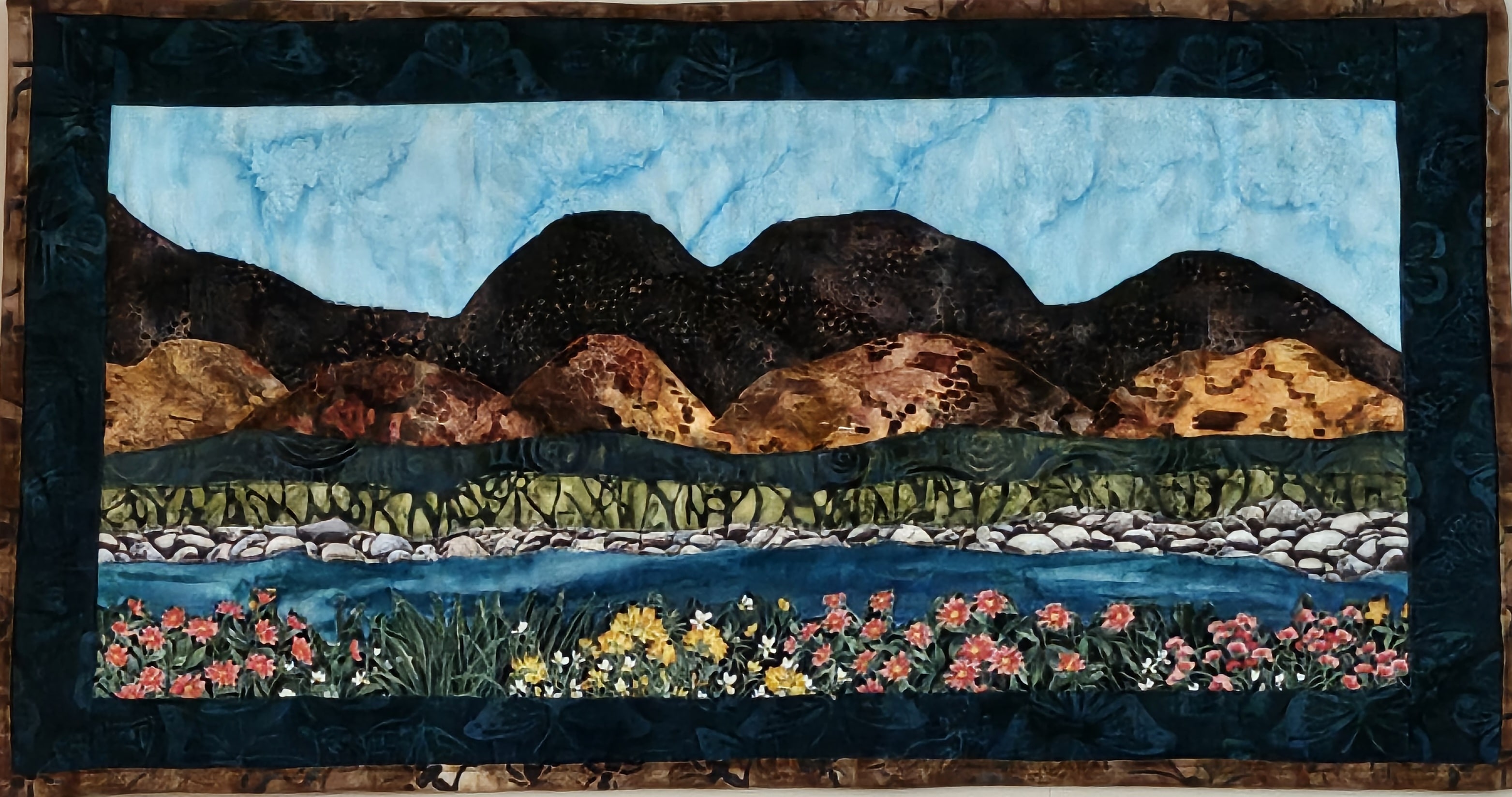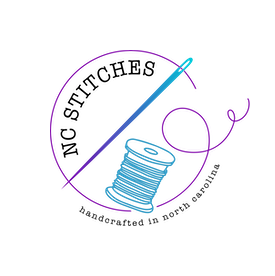It happens to all of us. You need to find a sewing machine needle for your latest project. Selecting the correct sewing machine needle and matching thread weight is confusing for both beginners and experienced crafters.
To make matters worse, the naming conventions used for threads and needles do not make sense. The lower the needle size, the higher the corresponding thread weight. So, a size 70 needle is paired with a 100-weight thread, which is a very fine thread.
With so many choices, how do you know which to purchase?
This quick reference table should help when shopping for your next project.
Needle Size | Thread Weight |
70/10 | 100 |
80/12 | 50 |
90/14 | 40 |
100/16 | 30 |
70/10 needle coordinates with a 100-weight thread (a very fine thread). A thinner thread is recommended when you do not want the stitches to show.
80/12 needle coordinates with a 50-weight thread - 50-weight thread is the most 90/14 needle coordinates with a 40-weight thread - 40-weight thread is classified as a medium-weight thread and can be used with most cotton fabric.
100/16 needle goes with 30-weight thread – a heavier thread is often used to define quilting lines. I use 30-weight thread to add accents in my landscape quilts.
What the Numbers Mean
Thread weight is a calculated measure. A thread is labeled 40 wt. when 40 kilometers of that thread weighs 1 kilogram. 30 wt. thread is heavier because it takes only 30 kilometers of thread to weigh 1 kilogram. A lower thread weight number indicates a thicker thread.
Needle size consists of two numbers. The first number is the needle shaft diameter (in millimeters multiplied by 100). A standard "80" needle is .80mm in diameter. The larger the needle size, the thicker the shaft. (The second number is the US needle size.)
Why coordinate needle Sizes with the thread weight?
Needles are not one-size-fits-all. The friction of pulling thread through a too-tight needle eye can cause the thread to break. Mismatched sizes can cause frustration.
Tip: When in doubt, try increasing the needle size.
Hopefully, this helps you on your next fabric/notions shopping trip.

